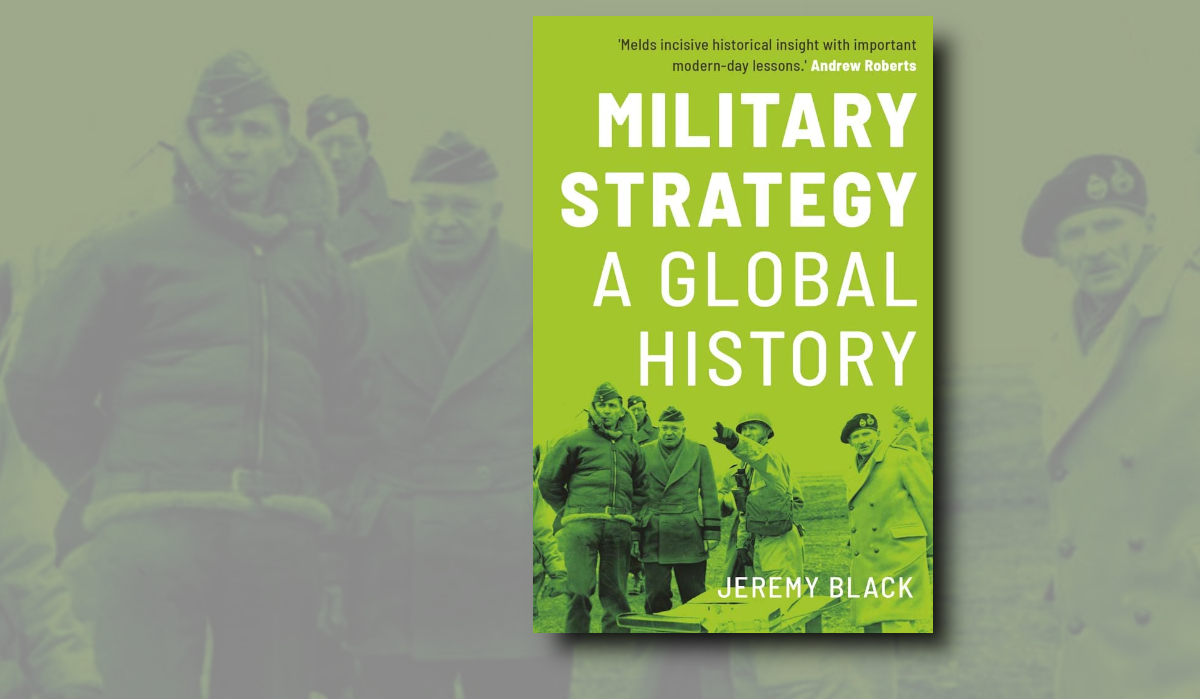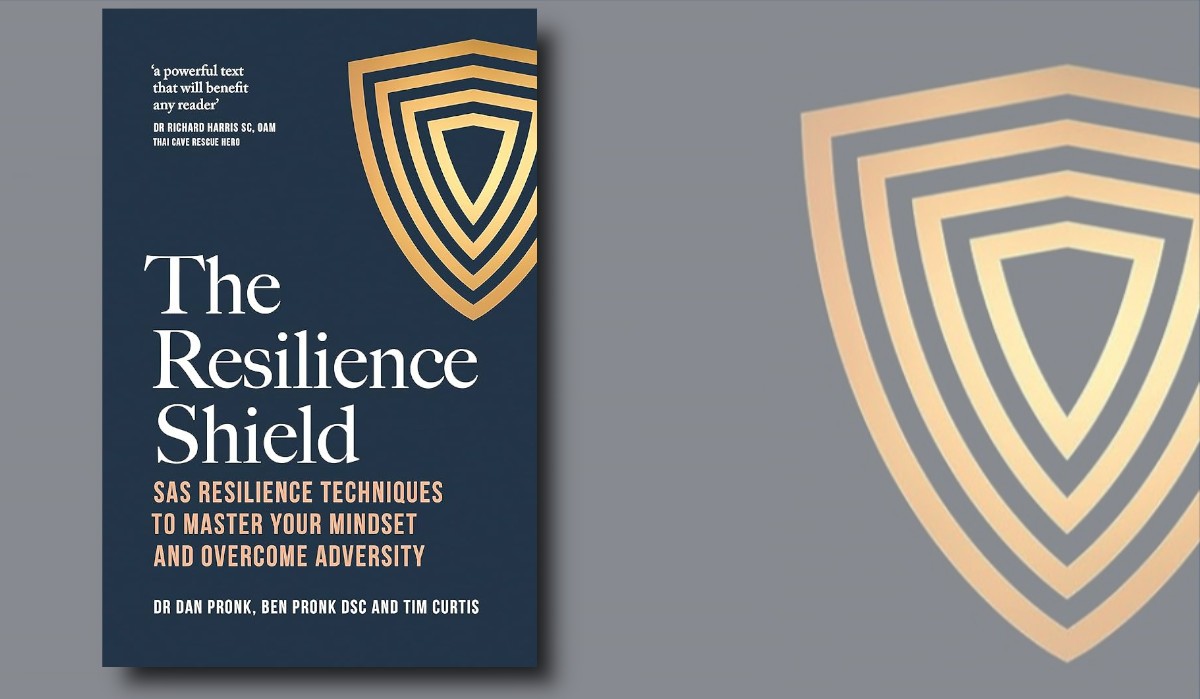Title of Book: Hybrid Warfare: Fighting Complex Opponents from the Ancient World to the Present
Cambridge University Press, Cambridge. 321 pp
Paperback ISBN 9781107643338
Editors: Williamson Murray and Peter R. Mansoor
Reviewed By: Chris Roberts
With the advent of the atomic bomb, pundits predicted that war had changed forever. The intervening years have proven them wrong. Since the United States became embroiled in Iraq and Afghanistan in the first decade of the 21st Century, analysts posited the emergence of a new type of war - with the appellation of ‘hybrid warfare’. In this volume, it is defined as ‘conflict involving a combination of conventional military forces and irregulars (guerrillas, insurgents, and terrorists) which include both state and nonstate [sic] actors, aimed at achieving a common purpose.'
The chapters of this small volume show that far from being an emerging form of conflict, hybrid warfare – a buzz phrase doing the rounds of the Pentagon – has existed for centuries. Moreover, a failure to understand its character, complexity and, importantly, the nature of the societies waging it, has resulted in either defeat, or those seeking to combat it falling far short of the expectations originally intended. On the other hand, those wars which have been successful in combatting or conducting it, have left a long legacy of ill-feeling, and often hatred, amongst the conquered peoples. Since the end of World War Two, Western armies have faced an increasingly difficult problem in undertaking this form of warfare, especially in efforts to combat irregulars immersed in the civil population.
In nine essays ranging from the 1st Century AD to the American defeat in Vietnam, each written by a different historian, we are presented with a wide spectrum of such wars, across four continents and Ireland. Interesting though it is, in this reviewer’s opinion the opening essay on the Romans in Germania draws a long bow in placing the conflict in the hybrid warfare basket. The remainder, however, provide compelling studies of the brutality, complexity, and enormous difficulties confronting conventional forces fighting a ‘hybrid’ enemy. Much of the book addresses the British and American experience. Three essays describe Britain’s efforts in successfully combating hybrid war against Tyrone’s Rebellion (1594 -1603), undertaking hybrid warfare in the Peninsular War (1807-1814)), and unsuccessfully combatting hybrid forces during the American Revolutionary War (1775 -1783). John Ferris’s essay ‘Small Wars and Great Games: The British Empire and Hybrid Warfare, 1700 - 1970’ covers a broader canvas. He concludes that, overall, the British have been remarkably successful at conducting and combatting this form of warfare. Three essays address the American experience – the aforementioned chapter on the American Revolution reveals both the success of the colonists, and the failure of the British. The other two provide examples of when hybrid warfare methods were successfully combatted during the American Civil War (1861-65), and unsuccessfully in the Vietnam War (1955-1975). Rounding out the survey are two fine essays. One covers the Franco-Prussian War (1870 - 1871) and its influence on German military commander Moltke’s thinking about a future war with France. The other focuses on the Second Sino-Japanese War (1937 - 1945) in which the ideological dimension of the Communist Chinese was important their success. All are well written, informative studies, and each brings an interesting perspective to the subject. Together they provide a sound basis for at least attempting to understand the nature of hybrid war, and insurgencies.
Although the recent conflicts in Iraq and Afghanistan are not accorded a chapter, they are briefly addressed in the book’s introduction. Following the Vietnam War, the US Army almost totally ignored the lessons of counterinsurgency, and focused its attention instead on high-tech conventional warfare. It was only after the US become embroiled with irregular forces in Iraq between 2003 and 2006 that the army leadership rethought the doctrinal basis for counterinsurgency operations, applying the new doctrine successfully during the surge of US forces in 2007-2008. In Afghanistan, the US sought to conduct hybrid warfare against the Taliban, but a ‘light footprint’ approach failed. The reasons for the Coalition forces’ failure in Afghanistan require serious study by all armies that were involved in the conflict. Regrettably, studying its immediate past conflicts for the purpose of drawing enduring lessons at all levels is not something the Australian Army does at all well.
Williamson Murray’s conclusion draws together the threads of the book’s studies, pulling out trends from a complex weave of factors that mark the nature of hybrid warfare. Essential to fighting such wars (or any war for that matter) is understanding the nature of the enemy. As Murray states “[t]he problem with not understanding the [enemy], his culture, what he values, and his approach to war is that the enemy will… fight within a framework that fits his rather than our understanding of war.” The imperative to generate such understanding is something the Australian Army would do well to address. We live adjacent to an Asian region, with ancient cultures and a different approach to conflict resolution than Western nations; yet our military background and doctrine is rooted in Western concepts of war. Understanding Asian cultures, history and approaches to war is not only worthy of consideration, it is essential.
If one considers the history of fighting against insurgents or a hybrid enemy, most wars which were successful in combating insurgents and hybrid forces, essentially occurred prior to the mid-20th Century. Much of that success was achieved through punitive action against the civilian population, a tactic that would not be tolerated by public or world opinion today. The very few operations that have been successful post-1945 involved conflicts fought against an insurgency that had limited support from the local population, and which operated within a restricted geographic locality within the affected country. In instances in which a large portion of a civilian population support (or at least co-exist with) insurgents – and especially if the insurgents have material support from another nation – conflicts cannot be won quickly or cheaply. Further, it is an allusion to believe that, in such circumstances, success can be achieved with minimal force. Under these conditions, one questions whether it is worthwhile for a state to become involved in conducting counter insurgency operations in another country. If a state does decide to commit its military forces in such circumstances, those fighting against a hybrid enemy must fully understand the culture, the history, and the nature of the enemy, identify the insurgent’s Achilles heel, and make political and operational decisions based on thoughtful and sound analysis of the problem. To do otherwise is to invite defeat.
As with all his works, Murray’s perceptive and instructive writing eschews the theoretical, and esoteric approach while remaining firmly rooted in the historical record, and the realities of past experience. One cannot but feel that Western societies, with their preference for quick wars, and steadily waning support for those that drag on, are unlikely to succeed in future hybrid wars or insurgencies. They are costly in resources, money and time, a point the British quickly recognised during the American Revolution, and hence concluded peace with the recalcitrant colonists. Perhaps the biggest lesson, Murray concludes, is: ‘[d]o not fight a hybrid war unless the most fundamental interests of the state are at stake.’ Hybrid Warfare is a useful contribution to the study of war in its most complex form, and merits study by military professionals.



